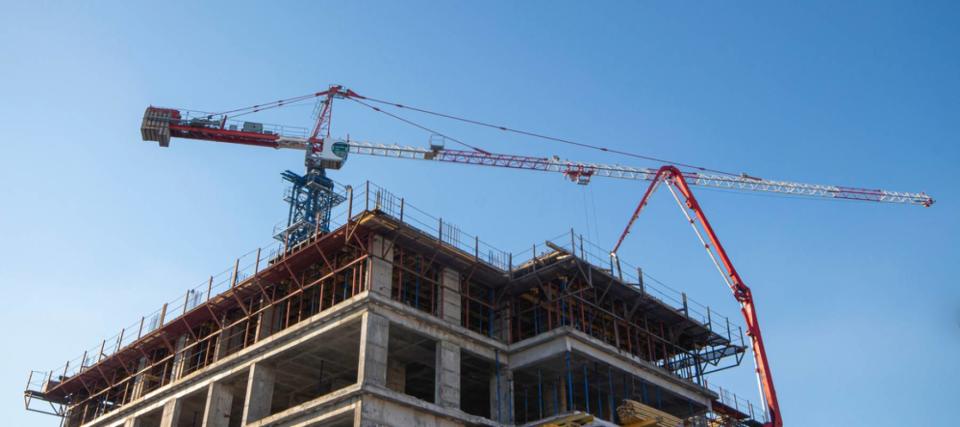US office space is set to shrink for the first time on record thanks to the rise in remote work and a drop in new construction — but there’s an unexpected upside to the trend

Get ready for the big downsize, as the amount of office space in America declines for possibly the first time in its history.
A lack of new construction, plus a record number of office spaces being demolished or converted into other property types, is reducing available office space across the country, according to Bloomberg, citing data from real estate services firm Jones Lang LaSalle Inc (JLL).
Don't miss
Worried about the economy? Here are the best shock-proof assets for your portfolio. (They’re all outside of the stock market.)
Jeff Bezos and Oprah Winfrey invest in this asset to keep their wealth safe — you may want to do the same in 2023
Want to invest your spare change but don't know where to start? There's an app for that
“We would have a lot of confidence in saying that national office inventory has never actually declined in the past,” Jacob Rowden, U.S. office research manager for the commercial property brokerage, told Bloomberg.
“We have done some high-level estimates in the past and think that the closest we came to negative inventory historically would have been during the 1930s at the height of the Great Depression.”
Office space is poised to shrink
In just the first half of 2023 alone, 14.7 million square feet of national office inventory was removed, while 12.7 million square feet was converted into other property types, reports JLL.
And in the second quarter of the year, just 1.4 million square feet of new office construction broke ground.
The rise in remote work policies — particularly during COVID-19 lockdowns — has reduced the need for available office space, while surging borrowing costs are hurting landlords, some of whom have filed for bankruptcy or gone into default.
Rowden also told Bloomberg that although vacancy rates during the Great Depression likely surpassed the current 20% average in the U.S., there was still plenty of new construction — like the Merchandise Mart opening in Chicago in 1930 and the Empire State Building in Manhattan in 1931.
“The last 12 to 24 months have compounded some of the existing trends to push us to the point where negative inventory, at least for a temporary period over the medium term, is becoming highly likely,” Rowden said.
Read more: Are you ready for your first year of retirement? Here are 4 things you might not expect — but definitely need to prepare for
Some office spaces are being converted into apartments
There’s been an unexpected upshot to the decline in office space — some buildings are being repurposed for residential use, a welcome reprieve for Americans struggling with the ongoing housing crunch.
A July report from apartment listing service RentCafe uncovered that 45,000 apartments are currently being converted from former office spaces.
The city of Denver is currently assessing the feasibility of transforming as many as 30 office buildings into residential units, while Pittsburgh is hoping to create affordable homes from underutilized office spaces as well.
Another report from the Brookings Institution points to the importance of mixed-use areas in order to revitalize downtown cores. The think tank suggests revamping some surplus office spaces into coworking facilities, restaurants, college campus expansions and more.
However, it also notes that office conversions can be “economically challenging and often not possible without significant public funding.”
What to read next
3 big mistakes people make with cash back credit cards that cost them every time they swipe
This janitor in Vermont built an $8M fortune without anyone around him knowing. Here are the 2 simple techniques that made Ronald Read rich — and can do the same for you
The US dollar has lost 98% of its purchasing power since 1971 — invest in this stable asset before you lose your retirement fund
This article provides information only and should not be construed as advice. It is provided without warranty of any kind.

 Yahoo Sports
Yahoo Sports 
